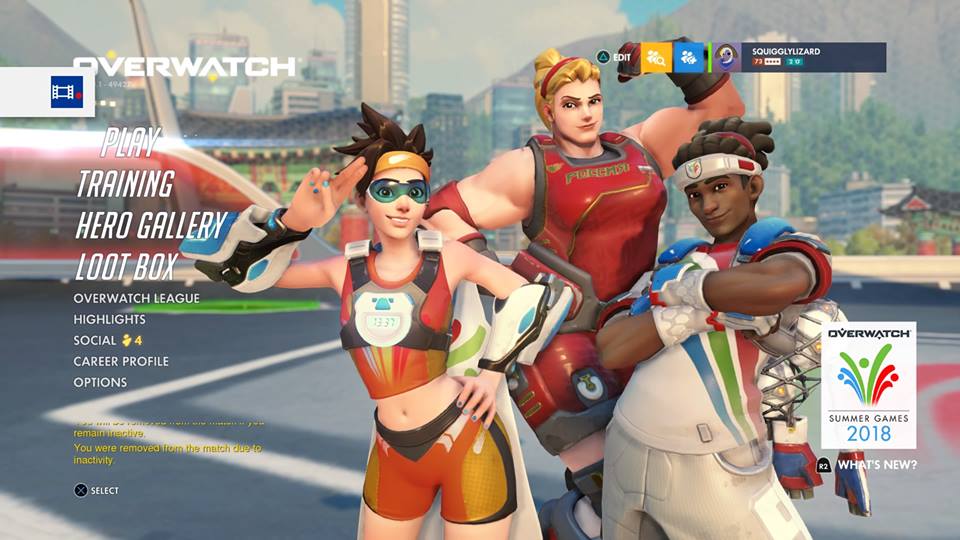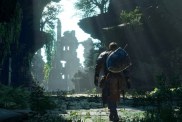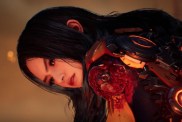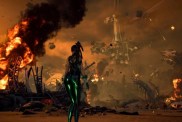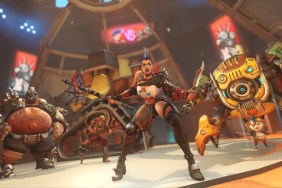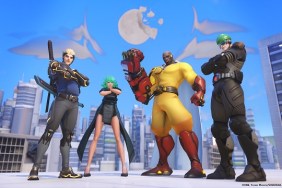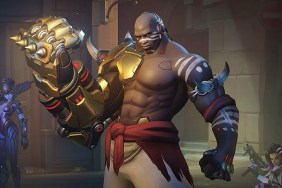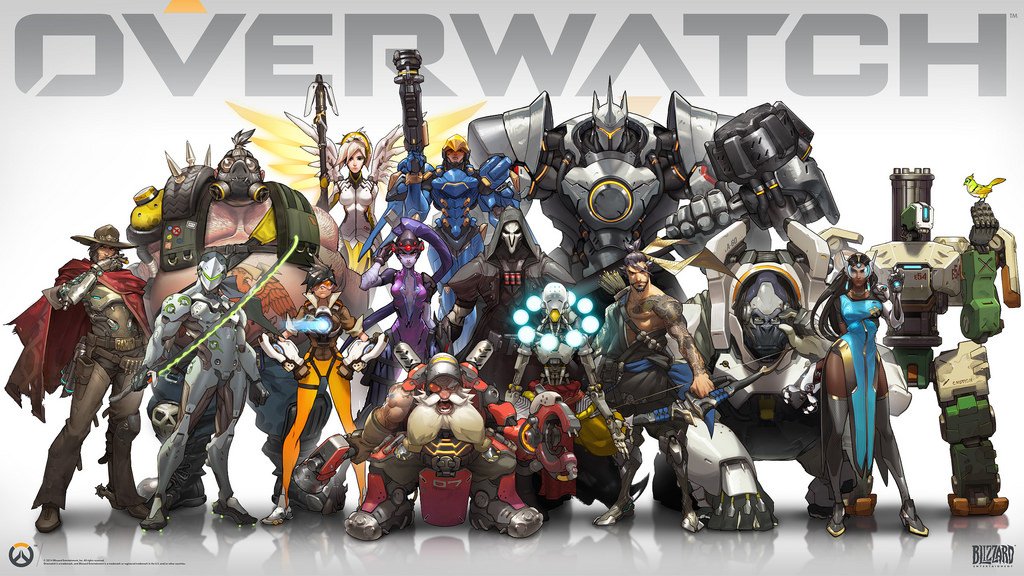
Overwatch, released in May 2016, is currently one of the most popular multiplayer games in the world, having a player base of over forty million players (as of May 2018). Despite the fact that it is purely a multiplayer game, it still manages to tell a story without a campaign. Certain other games do this, too, but Overwatch is a shooter, which differentiates it from these other titles. From skin descriptions to spawn room voice lines, the player receives a lot of information about the background of Overwatch, without even realizing it. Overwatch is also known for its comics and short films, but it’s the the game itself that constructs the firm narrative, not the extended lore.
For example, if a player from the attacking team chooses to play as McCree on Route 66, in the spawn room he will say, “Yeah, I wouldn’t drink the coffee. Always tasted like boiled dirt!” Clearly, Jesse McCree has been to that diner before. All over the map, the player can see logos for the “Deadlock Rebels.” From the payload itself, to the munitions visible at the last point in particular, it seems that this gang operates as an arms dealer. At the defender’s spawn for the final third, there is a dartboard filled with darts, with McCree’s photograph stuck in front of the bulls-eye. What did he do to piss them off so much? Was he their enemy? Or, perhaps, a former member? His Blackwatch skin description states, “A young Jesse McCree was recruited into Blackwatch after Gabriel Reyes saw his potential and gave him a choice: Join Blackwatch, or rot in prison.” Adding all of these pieces together suggests that McCree was a member of the Deadlock Rebels, and he deserted them when Gabriel Reyes, known in-game as Reaper, gave him an ultimatum. That’s why they throw darts at his picture, and that’s why he knows how bad the coffee tastes. All of this occurs while the player partakes in a normal match, so most of it is either unheard, unseen, or received subliminally. However, if you really listen, and you’re willing to look, it’s all there.
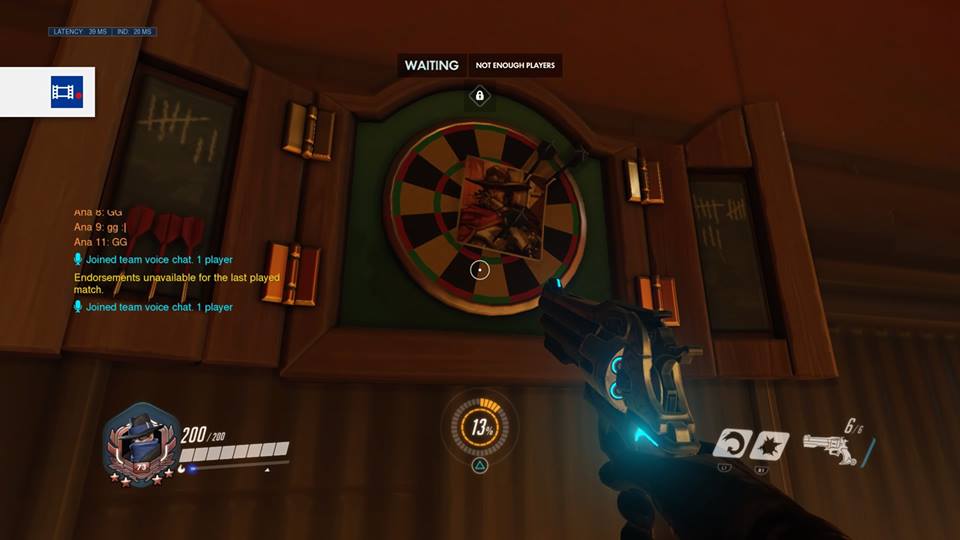
Another example of storytelling in this way exists in the form of the relationship between Genji and Zenyatta. Genji, the cyborg ninja, will say in the spawn at Nepal, “This is my home now.” Zenyatta, an Omnic monk from Nepal, will say to Genji, “It is good to fight alongside one of my brightest pupils,” to which Genji responds, “And you, master.” Interestingly, if the player goes to the side of the control point with the cliff in Nepal: Village, Genji’s room can be found. In it is the sword he pulls for his Dragonblade ability, as well as a picture of him with his brother, Hanzo. This leads to another connection: Genji and Hanzo’s relation to their family business—the criminal Shimada clan. If Genji chooses the “Oni” or “Young Genji” skins, he will assure a friendly Zenyatta that he has his left that past behind him, stating, “That was another life.” Hanzo also has a “Young Hanzo” skin, but also has a “Scion” skin, in which he looks fairly dapper. The implication behind this is that Hanzo ascended upwards in the rankings of the Shimada clan after Genji left to find enlightenment with Zenyatta. In the spawn room, Hanzo says, “My brother is dead. I killed him with my own hands.” Although the short film Dragons confirms this, it is not necessary for the player to watch this in order to know that Hanzo killed his brother, Genji, and that he doesn’t accept Genji’s new form, saying, “You may call yourself my brother, but you are not the Genji I knew.” A more rare exchange between the two is sometimes heard in the spawn room before the start of the match, where Genji asks his brother, “What would our father think of what we’ve become, brother?” To this, Hanzo responds, “It’s hard to say who he’d be more disappointed by.” Complicated family, for sure.
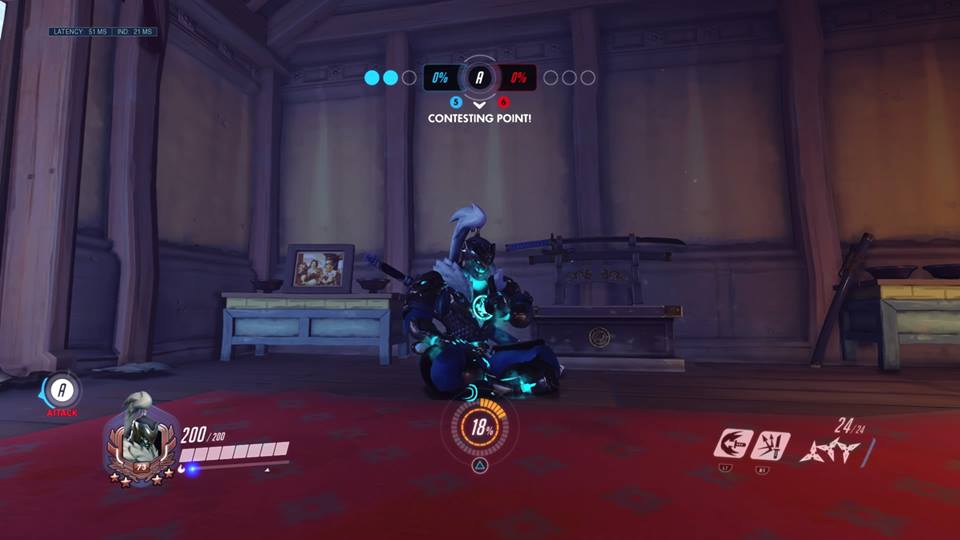
On another note, Genji has his own Blackwatch skin, suggesting that he joined Reaper and McCree at some point. Moira also has a Blackwatch skin. If a player looks closely, all kinds of connections can be made between heroes. Doomfist asks Hanzo to join Talon before the game starts, which seems to be some kind of criminal organization. Sombra, Doomfist, and Widowmaker all have skins called “Talon,” suggesting an existing allegiance between them. Reaper even has a skin called “Soldier: 24,” alluding to his past as Gabriel Reyes, alongside none other than Soldier: 76, who has a skin called “Strike Commander Morrison,” which reads, “After the Omnic Crisis, Jack Morrison was promoted to Strike Commander of Overwatch, leading the organization for decades until it was disbanded.” Maybe this skin description has something to do with the mask that Soldier: 24, a/k/a Reaper a/k/a Gabriel Reyes, now wears. The story of Overwatch is so fragmentary and open to interpretation that it almost resembles the sort of storytelling one would encounter in Dark Souls or Bloodborne.
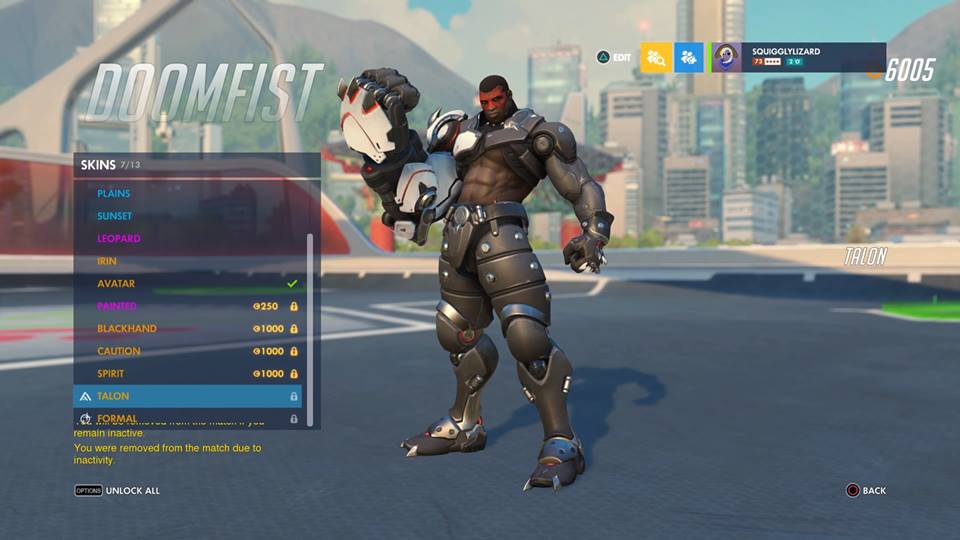
The main point of interest in relation to how Overwatch tells its story is this: possibility. For as long as first-person shooters have been around, multiplayer has been supplemented massively by campaign modes, which too many people neglect. Overwatch, which succeeds in integrating story with multiplayer gameplay, manages to offer a new alternative to shooters: a team-oriented action shooter, featuring three-dimensional characters and a lot of room for speculation. Its success over the last few years is of course attached mostly to its quality gameplay, but the fanbase that loves it so dearly should start readying themselves for more games like it. In a way, this kind of storytelling is far more unique to the video game medium than any regular campaign, thanks to its usage of ludonarrative dissonance, which is perhaps the most important affordance of video games. The story is embedded in the gameplay, and the gameplay does something that no other creative outlet can.
